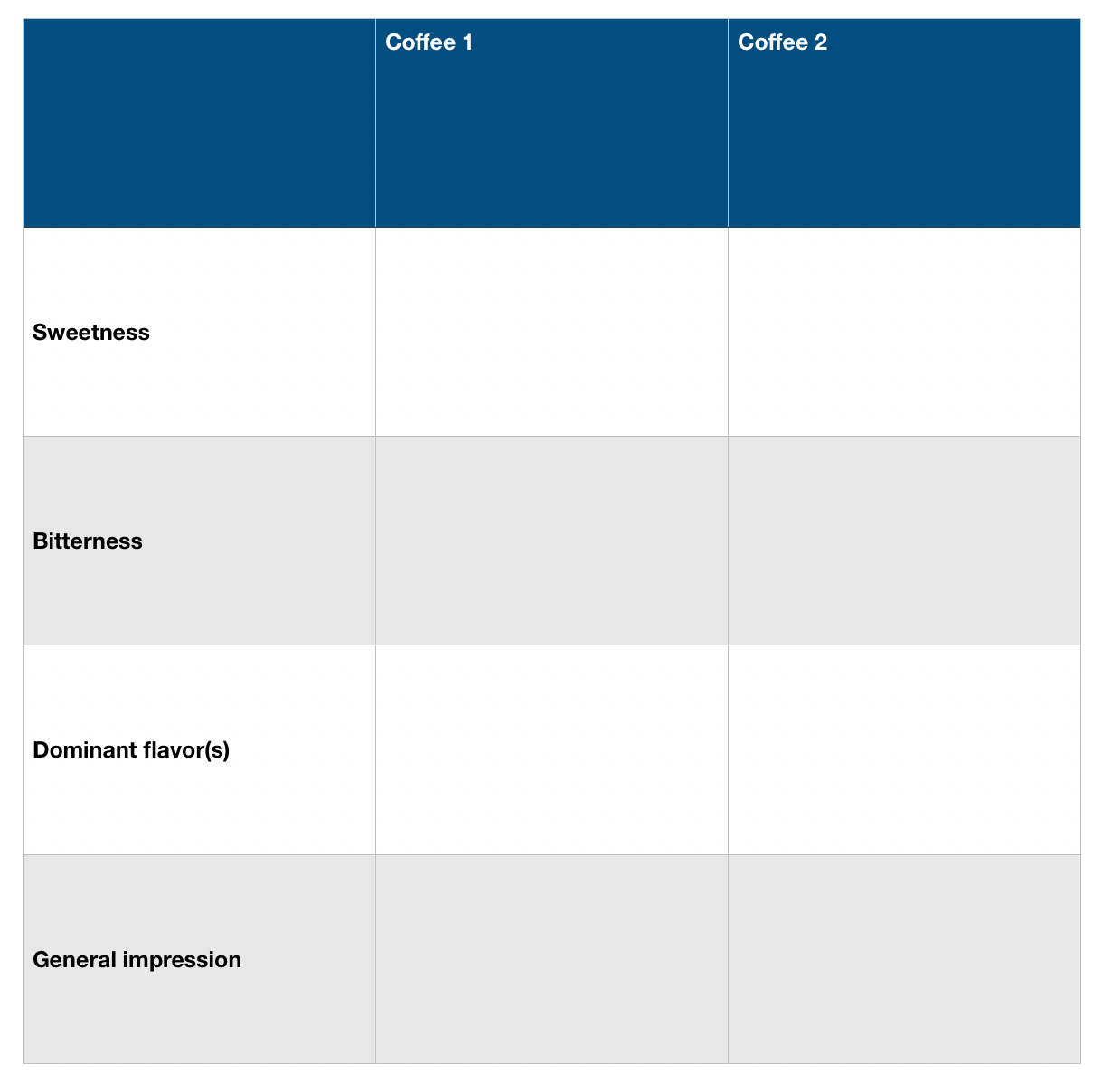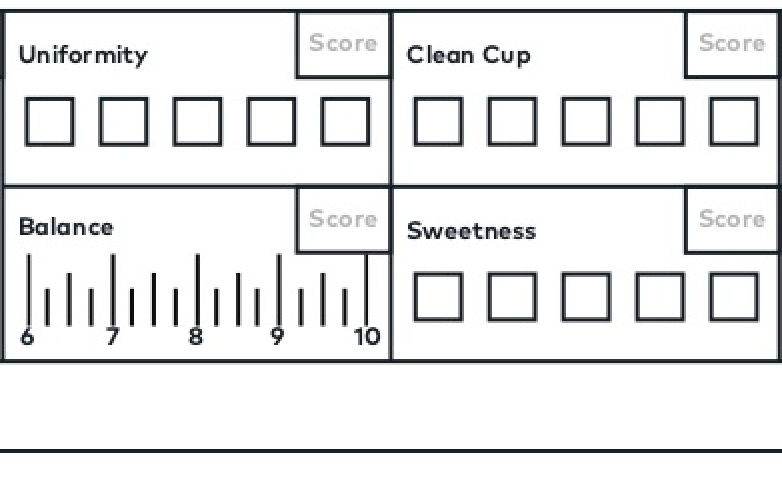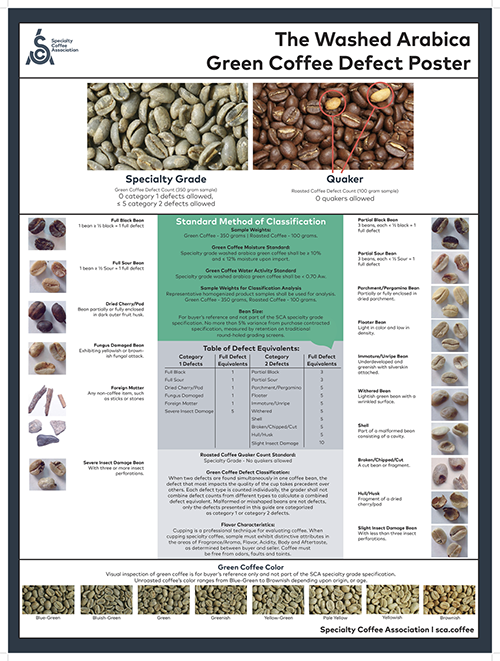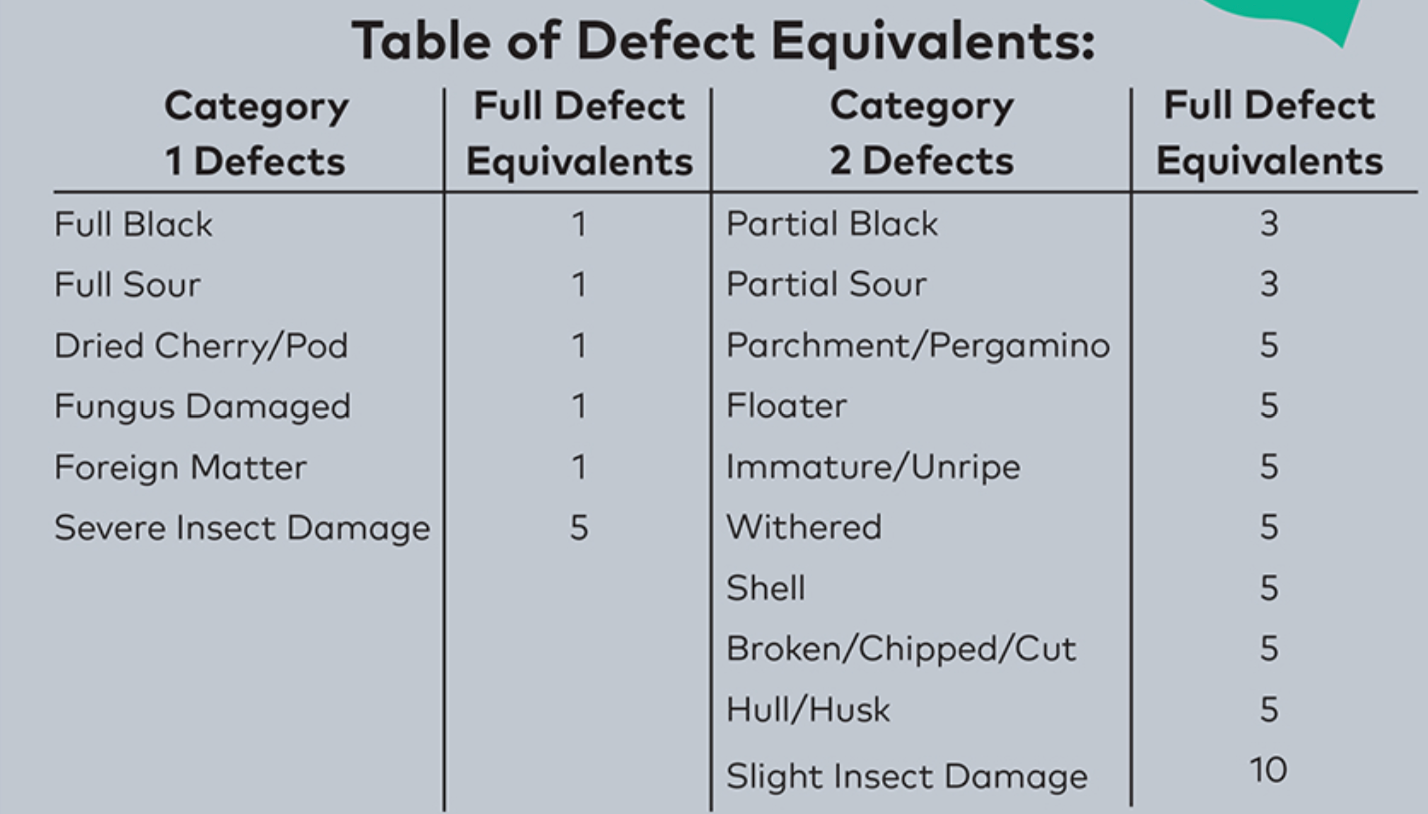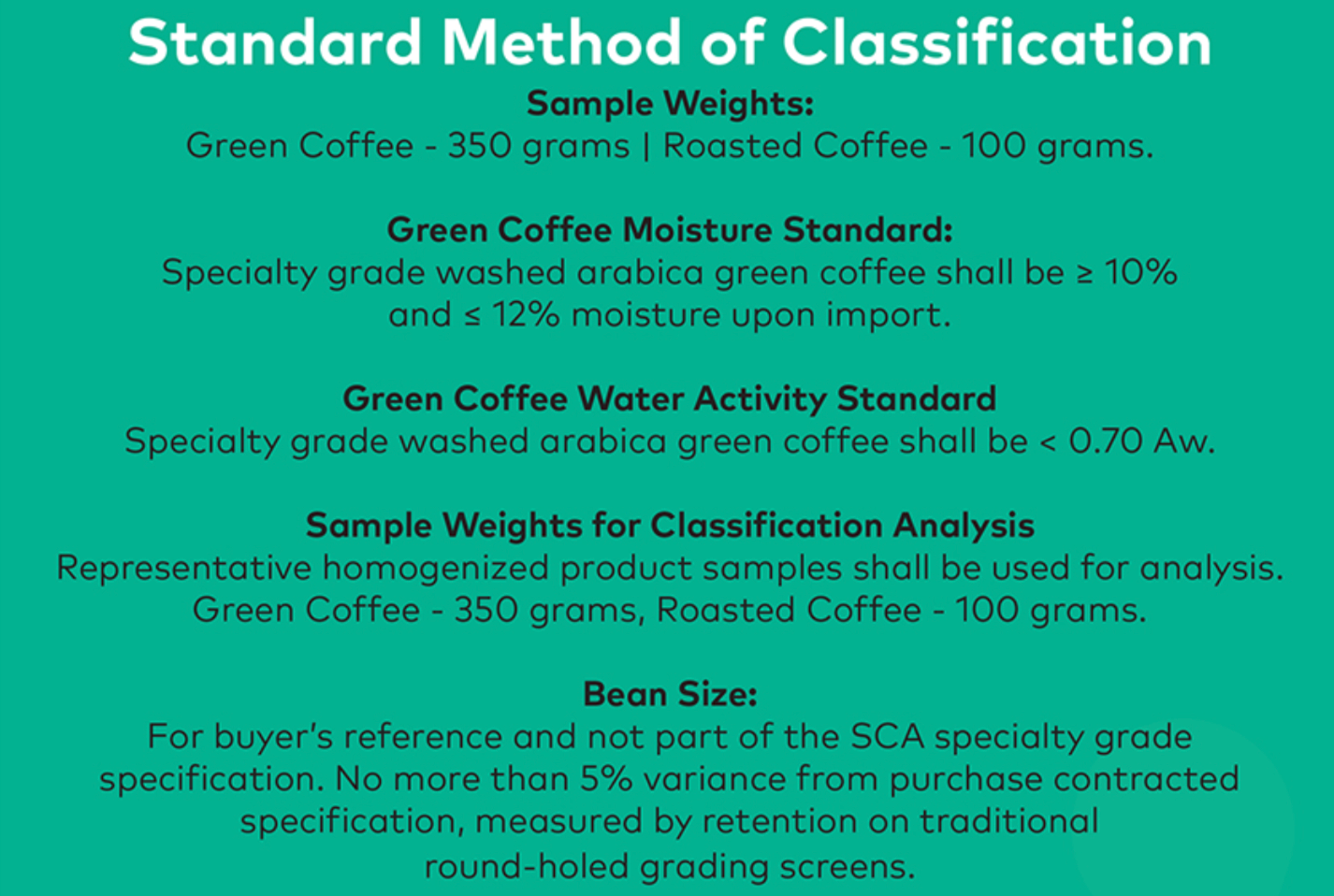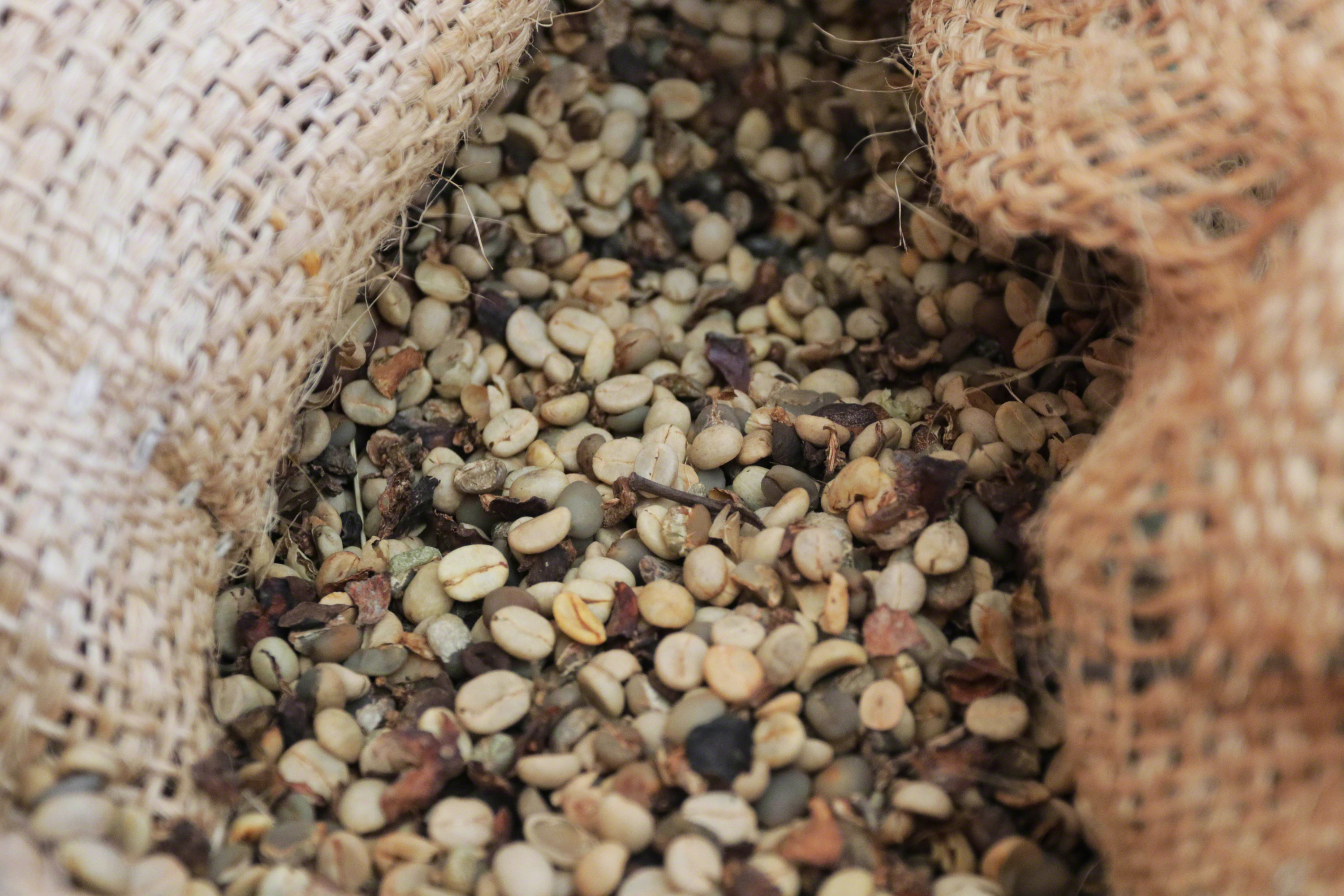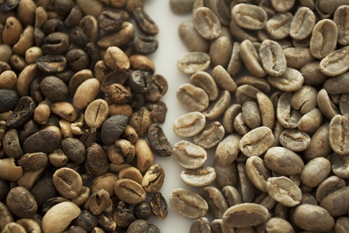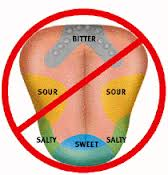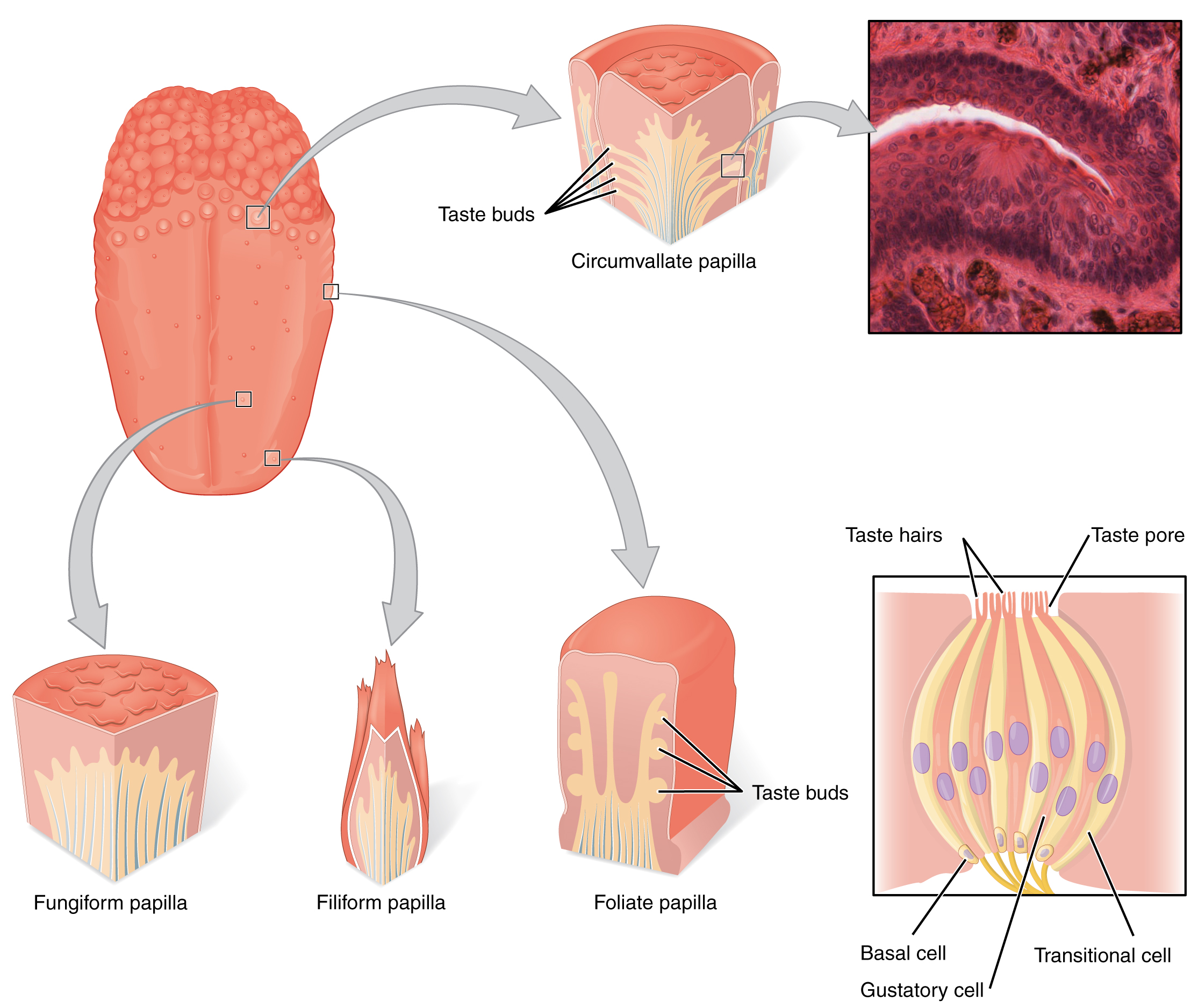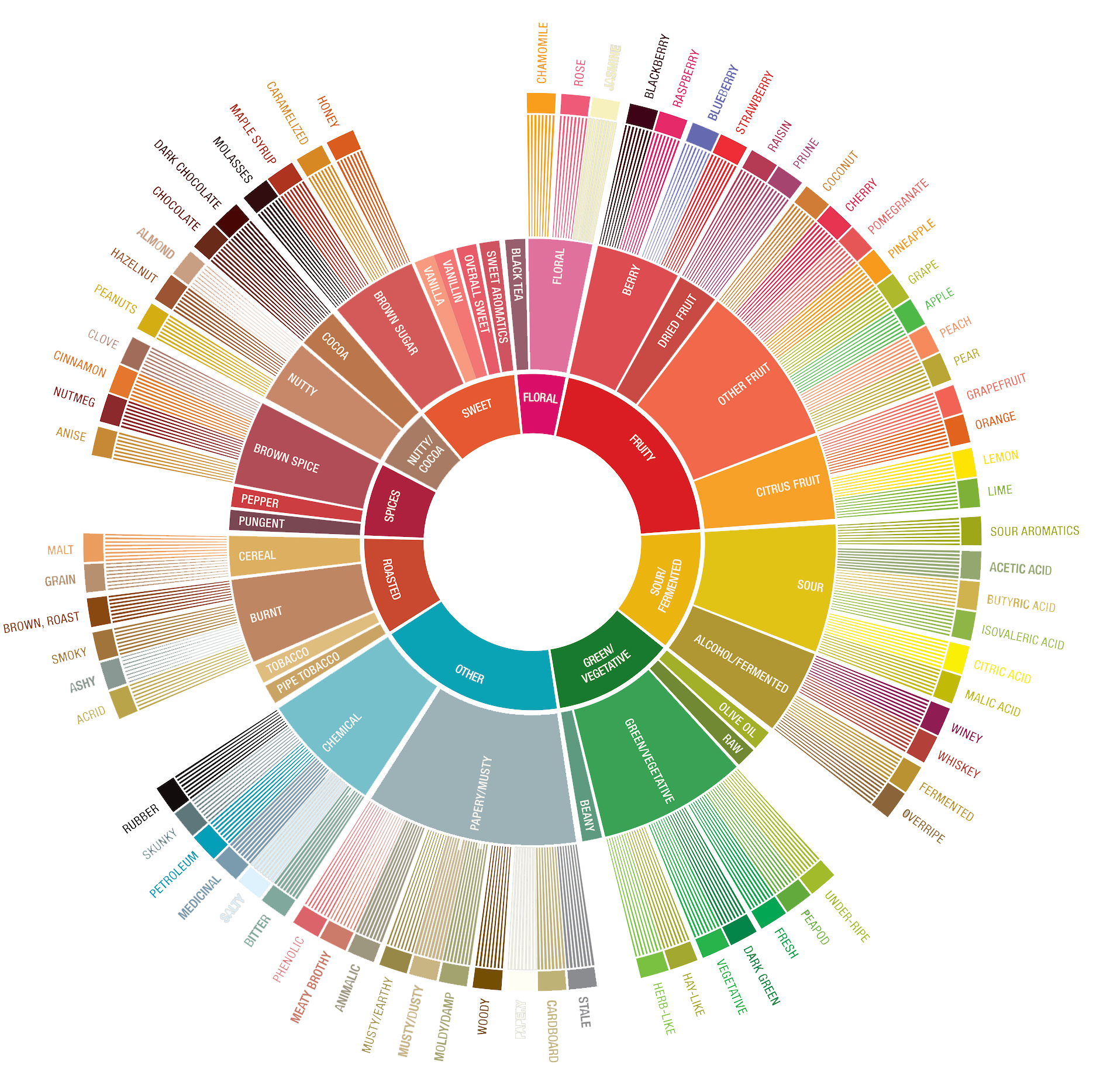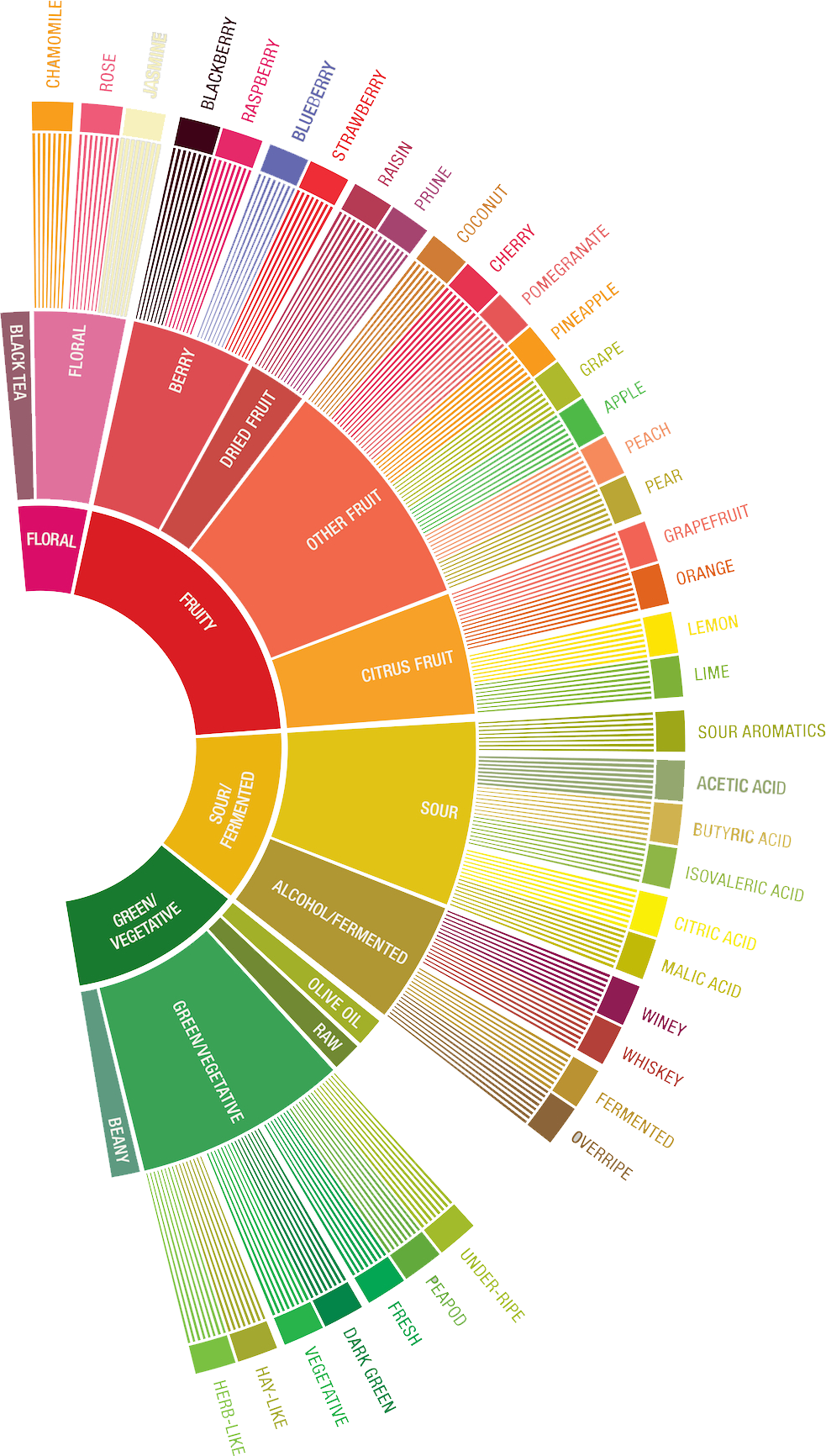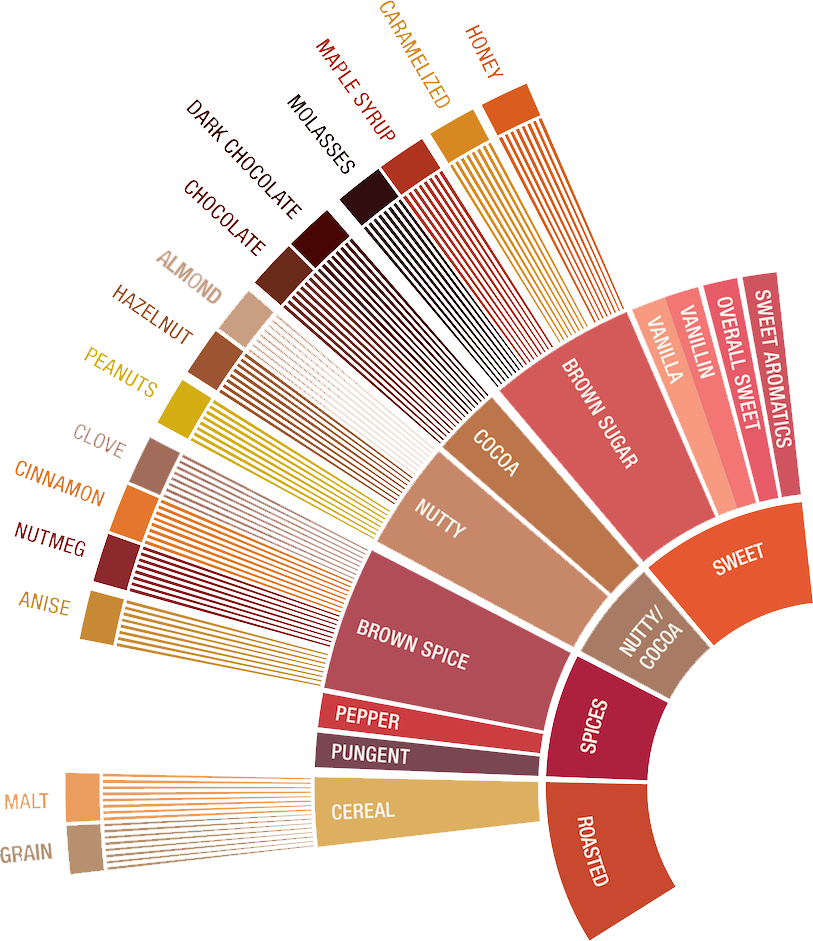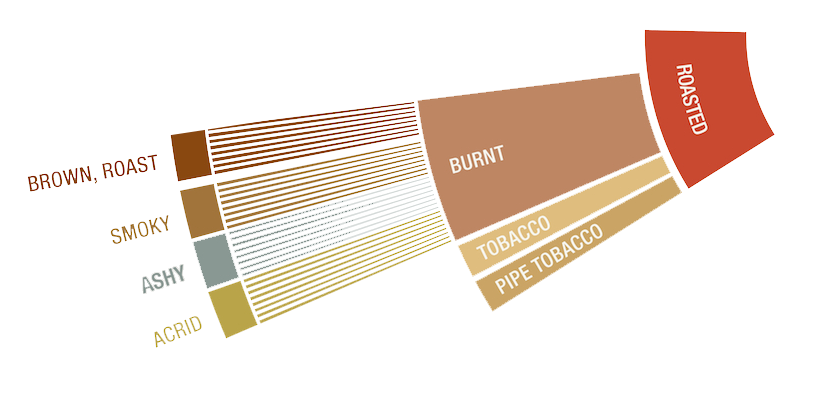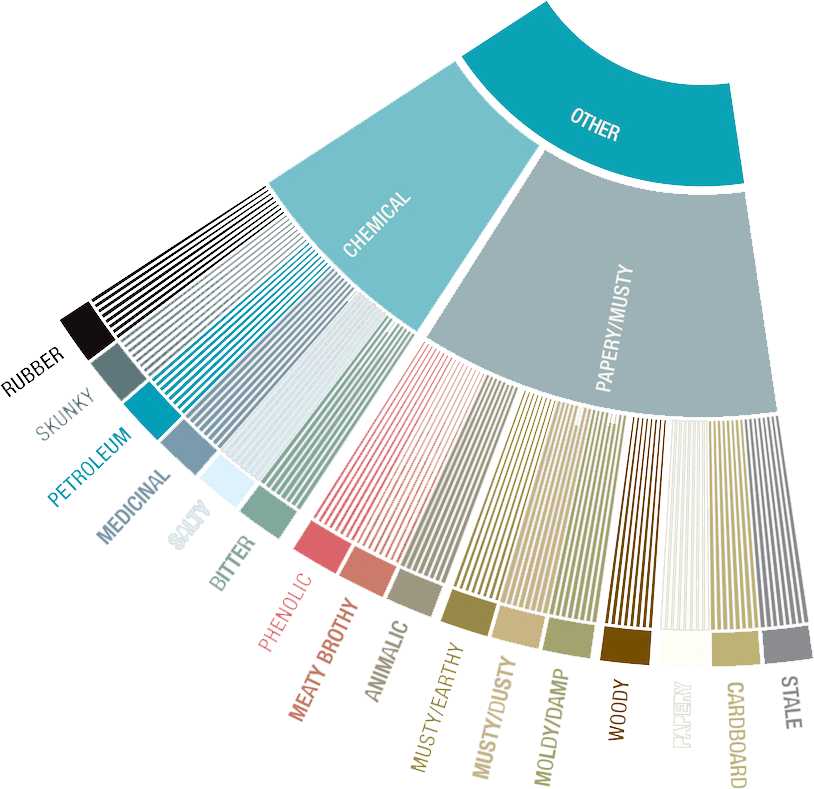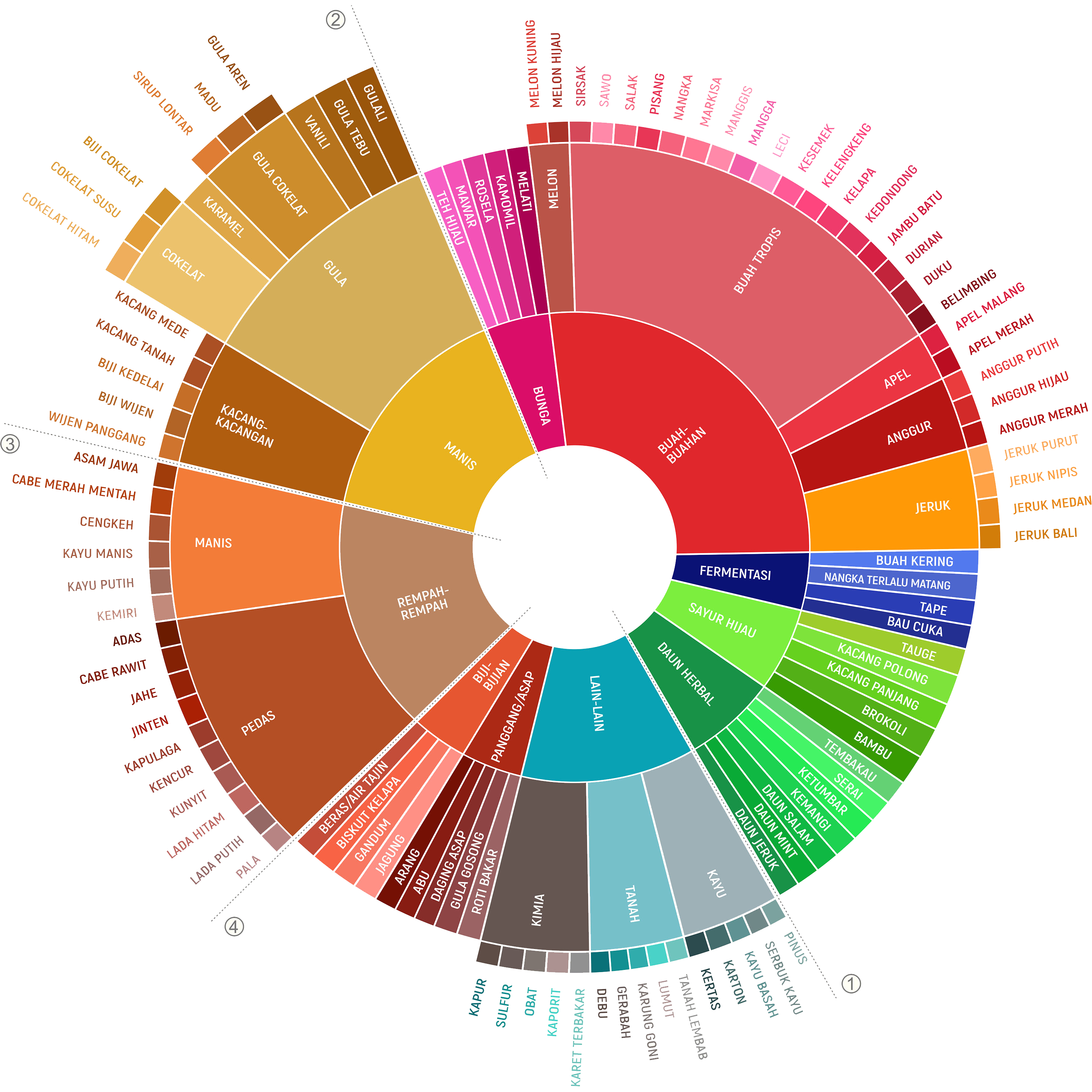Coffee Sensory Workshop
#CaffeinatedTraining
#OilSlickCoffee
Presented: June 29th, 2019
Host: Lalito Coffee Bar & Roastery
Location: Padang, Indonesia
Press "h" for keyboard shortcuts for this presentation
Workshop objectives
- Learn how coffee professionals evaluate coffee
- Explore some of the ways one can train for sensory analysis of coffee
- Learn about and explore how to objectively describe and discriminate aroma, taste, and body in coffees
Housekeeping
Handouts
Restrooms
Please silence mobile devices
Class schedule
Schedule
Welcome and introduction
Introduction to Sensory Analysis
Activity: Taste Specialty VS Non-Specialty Coffee
Physiology and anatomy
Activity: Distinguish between taste and smell
Basic tastes, cultural preferences
Activity: Distinguish sweet, sour, salty
Basic Aromas
Activity: Aroma Kit
Activity: Body/Mouthfeel
Q&A and discussion (with snacks!)
What is sensory analysis?
"A scientific discipline that evokes, measures, analyses and interprets reactions to those characteristics of foods and materials as they are perceived by the senses of sight, smell, taste, touch and hearing
"It relies on trained and regular tasters, standardised preparation protocol and test design, decisions, and rules."
Intentionally experiencing something using the five senses: of sight, smell, taste, touch and hearing. Using our bodies like a measurement instrument. Structured, protocol, ritualistic.
We are the meter.
Why is sensory analysis important in coffee?
Page 2 of your handout
Communication
Why is sensory analysis important in coffee?
Page 2 of your handout
Communication
- What specifications need to be in place with partners?
- How different are my products?
- How do I compare to competition?
- How should I promote and market products?
ID defects/taints, ID pleasant flavors and their quality, evaluate intensity, creates an overall picture of the product
Why is sensory analysis important in coffee?
Page 2 of your handout
Communication
Decision making
Why is sensory analysis important in coffee?
Page 2 of your handout
Communication
Decision making
- What to purchase/launch?
- How to roast/brew?
- What to add/discontinue/improve?
- Food pairings
How can we use sensory analysis specifically in coffee?
How can we use sensory analysis specifically in coffee?
- Purchasing decisions
- Quality control and quality assurance
- Blending and brewing practices
- Product mapping
- Consumer testing
Cupping can help inform a decision as to which brew method emphasizes a given, desirable flavor. Can inform blending decisions (such as what to replace a given coffee with). Can help keep a product flavor consistent.
Why not just use informal sensory analysis
Why not just use informal sensory analysis
Wasted time
Miscommunication
Missed goals
*Remember: sensory analysis is a standardized process. For consistency, we always cup coffee following a process.
Activity: Taste specialty vs non-specialty coffees and compare
What is specialty coffee?
- Zero category one defects and five or fewer category two defects
- Scores ≥80 using the SCA standardized cupping form
Cat 1 defects: Full black Full sour Cherry pod Fungus-damaged Foreign matter Severe insect damage
Physiology and anatomy
How we experience coffee
Flavor = Aroma + Taste
Body (mouthfeel)
Color (appearance)
+ Environment!
Environment influences our perception. Drinking a coffee near a landfill VS near the Danube.
Activity: Distinquish between taste and smell
Physiology
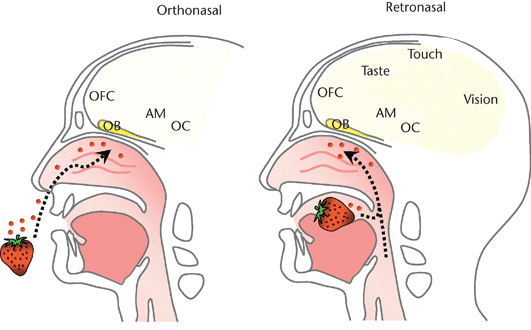
"Smell is the one sensory modality that does not synapse in the thalamus before connecting to the cerebral cortex. This intimate connection between the olfactory system and the cerebral cortex is one reason why smell can be a potent trigger of memories and emotion."
Direct link to the brain. Most important sensation for flavor. OB = Olfactory bulb OFC = Orbito-Frontal Cortex
Physiology

"We often characterize our food in terms of how it “tastes,” but the sense of taste as properly defined consists of sensitivity only to sweet, salt, sour, bitter, and umami."
Gordon Shepherd in his book Neurogastronomy: How the Brain Creates Flavor and Why It Matters
Retronasal is especially important
Smell dominates flavor
Speaking of the 🧠
- Humans have a very large brain (for complex processing)
- Big brains = complex systems
- Systems like memory, emotion, higher cognitive processing, language
- All give us the human brain flavor system*
* Coined by Gordon Shepherd in his book Neurogastronomy: How the Brain Creates Flavor and Why It Matters
- taste qualities are detected in all regions of the tongue
- sensitivity to the different taste qualities and taste transduction mechanisms may vary by tongue region. https://www.sciencedirect.com/topics/neuroscience/foliate-papilla
What does this mean?
- If there is no retronasal breathing (breathing out), we don't effectively detect smell or flavor
- The ability to identify or classify the flavor such as chocolate or lemon is attributable to the sense of smell
- Our perception of retronasal smell is usually combined with taste and touch data so that we are unaware of it as a smell
- We have just proved that smell is the major component of flavor.
Neurogastronomy: How the Brain Creates Flavor and Why It Matters
Basic tastes
Page 6 of your handout
Taste - Five Basics
Sweet
Sour
Salty
Bitter
Umami
Simple tastes are hardwired from birth, whereas retronasal smells are learned and thus open to individual differences.
Neurogastronomy, How the Brain Creates Flavor and Why It Matters, Gordon M. Shepherd, Columbia University Press
Flavor preferences are cultural
Flavor memory-bank
New flavors compared to known flavors
Flavor preferences developed in childhood
…but continue to develop throughout life!
*Strive to challenge and develop your palate over time!
Because new flavors are compared to known flavors, it's important to have a well-stocked flavor library
Becoming a good taster means tasting a lot
Be intentional as you eat and drink food.
Use the buddy system!
Activity: Distinquish sweet, sour, salty
Basic Aromas
Remember the importance of retronasal smell to the perception of flavor
Also remember we compare new flavors to known flavors
Lastly remember that flavor preferences and our early flavor memory bank is cultural
- Umbrella Terms
- General Terms
- Specific descriptors
Whitespace indicates relationship
Roast progression
Enzymatic Flavors & Aromas
Page 6 of your handout
🌸 🍋 🍓 🍑 🍎 🍏
Reminiscent of products formed in nature via enzymatic reactions.
Formation of flavors in green coffee beans is a field of active research
Composed of esters and aldehydes
Esters
- Alcohols and acids that contribute to fruity & floral aromas- ie: apricot, lemon
Aldehydes
- Organic compounds Components of green coffee Ie: herbal, orange
Dry Distillation Flavors and Aromas
Page 6 of your handout
🌲 🔥 🚬
Generated late in the roasting process, at high temps
Usually associated with a dark roast level
Dry distillation process: Solid is heated to a high temperature and turns into gas, which is then often condensed and collected as a liquid
Not proven to happen in coffee roasting process, but is used to describe aromas
World Coffee Research Lexicon
The terms used in the new flavor wheel come from the WCR lexicon.
Descriptive
- No “good” or “bad” attributes (unbiased)
- Not for ranking coffee
- Purely descriptive
Quantifiable
- Uses an intensity scale of 1 - 15
- Allows for easy comparison of two or more coffees
Replicable
- When used properly, tasters from all over the world will experience and describe the same coffee the same way
Activity: Aroma kit
Activity: Aroma kit
- DO NOT mix/match the caps
- DO NOT pass open bottles
- Cap off
- Sniff cap + bottle (one to each nostril)
- Cap on
- Pass it on
- Remember the basic categories: Enzymatic, sugar browning, dry distillation
- "Reset" your schnoz by smelling your own sleeve or back of your hand
- What comes to mind? Note any memories, especially childhood memories
Body or mouthfeel in coffee
Value 4 Value
If you found this content useful, please consider supporting my work. I charge no set fee or price for providing this. You can help keep information like this openly accessible by matching the value you received in the content; value 4 value.
Ko-fi / Bitcoin Wallet: 32SW9kcAsJdZvQKBazhLUZBSD9YS8DDqe8
End of presentation
